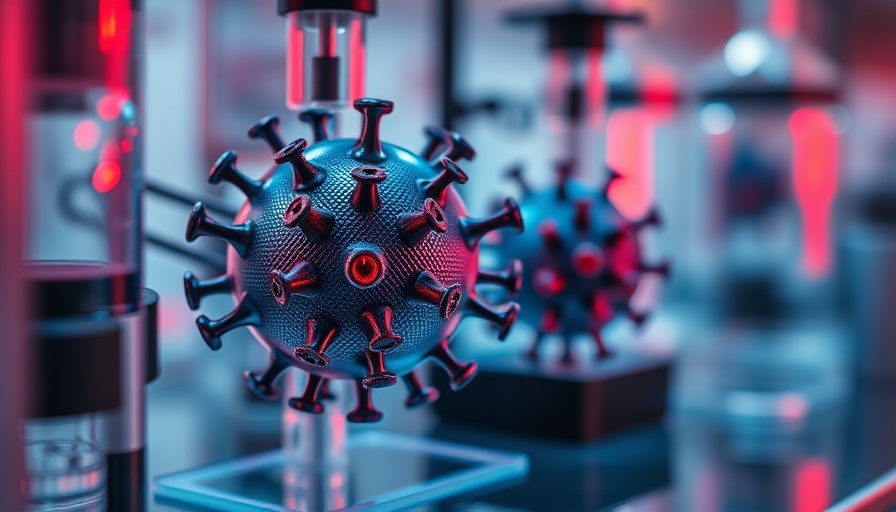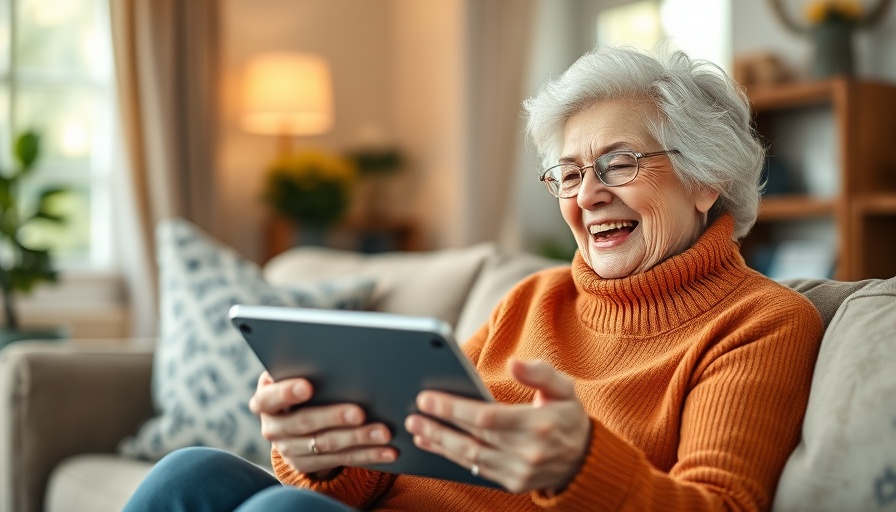
The Unique Needs of Melanin-Rich Skin
Contrary to the belief that all skin is fundamentally the same, skin of color presents unique challenges and requires specific strategies for effective treatment. Acknowledging this varies in pigmentation can dramatically change how products are formulated and applied. For instance, ingredients like azelaic acid not only help with acne and rosacea but also target hyperpigmentation effectively, making them essential in a skincare professional's toolkit.
Importance of Inclusivity in Skincare
The skincare industry has made strides toward inclusivity, but many estheticians still lack the necessary training to properly address the needs of clients with darker skin tones. This gap creates a sense of discomfort and inadequacy among professionals when serving those clients, which stems from a lack of education about melanin-rich skin. As a veteran in the industry, it is imperative to highlight how ongoing training and educational opportunities can bridge this gap.
Understanding Common Skin Concerns
Melanin-rich skin tends to exhibit distinct concerns such as post-inflammatory hyperpigmentation, keloidal scarring, and a higher incidence of certain conditions like acne and eczema. Thus, estheticians must tailor their approach, choosing treatments and products that acknowledge these realities, to offer genuine results. For instance, recognizing the importance of gentle exfoliation can prevent further irritation and protect the skin barrier, crucial for anyone working with melanin-rich clients.
The Role of Education in Professional Treatments
As estheticians seek to increase their confidence with melanin-rich clients, a commitment to continuous education is essential. Workshops that focus on the biology of darker skin tones—like variations in skin thickness, oil production, and the healing processes—can empower practitioners with the knowledge needed to provide effective, safe treatments. This knowledge base can reduce anxiety and elevate the level of care provided.
Future Trends in Skincare Inclusivity
The future of skincare lies in product innovation and inclusive formulations that more accurately reflect the diverse needs of the population. By developing products with different skin tones in mind, companies can foster loyalty and trust among a broader clientele. Additionally, increased representation within the beauty industry—from marketing campaigns to boardrooms—will help create products that are not only effective but resonate with the spectrum of skin tones that exist.
Practical Insights to Enhance Client Trust
Building rapport with melanin-rich clients starts with open conversations about their skincare needs. Estheticians should encourage questions and share knowledge about why certain ingredients are chosen for treatment, enhancing transparency. Demonstrating care and understanding will not only improve client outcomes but also establish long-lasting relationships, vital for a thriving practice.
Conclusion: The Path Forward
To successfully treat skin of color, estheticians must move beyond standard practices into a realm where tailored approaches become the norm. By integrating specific knowledge about melanin-rich skin and advocating for deeper learning opportunities, the beauty industry can become a more inclusive, effective space for every skin type.
 Add Row
Add Row  Add
Add 




Write A Comment